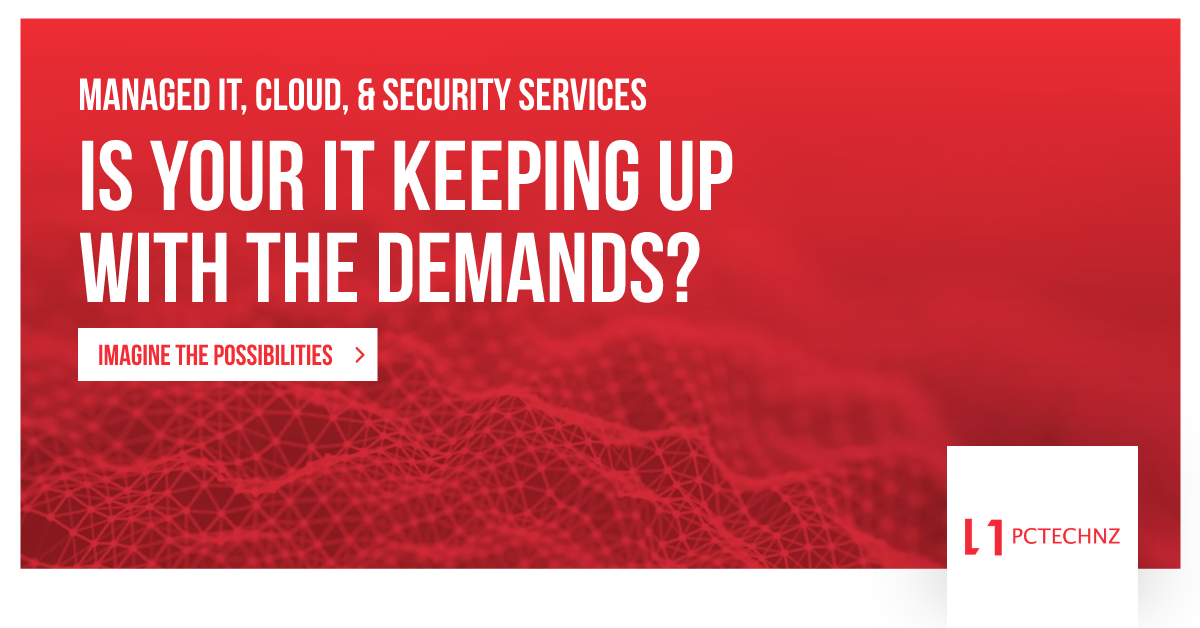INSIGHTS
Pioneers in the IT Landscape
Protecting organisations against cyber threats.
Understanding Viruses and Malware: A business Perspective
A computer virus is a type of malicious software (malware) that can replicate and spread itself to other computers. Its purpose is to cause damage, steal data, or disrupt the operation of computers and networks. A computer virus attaches to legitimate software or files and replicates by copying itself into other programs, files, or parts of the operating system. Like biological viruses, which attach to living cells, computer viruses attach to a host program and become active when the host is running. Viruses can spread in various ways, including email attachments, downloading infected software, infected USB drives, and network connections.
Methods of Spread
- Email Attachments: Viruses often disguise themselves as harmless attachments such as images, documents, or PDFs. When the user opens the attachment, the virus is activated and infects the system.
- Unreliable Downloads: Downloading software from unreliable websites can introduce viruses into your system. Users may unknowingly install a virus when downloading software from these sources.
- Infected USB Drives: Using infected USB sticks or other external storage media can lead to virus spread.
- Network Connections: Some viruses exploit vulnerabilities in network protocols to infect other systems within the same network.
Types of Computer Viruses
- File Viruses: Attach to executable files (.exe, .com) and are activated when the infected file is executed.
- Boot Sector Viruses: Infect the boot sector of a hard drive or other storage medium and activate when the system boots from the infected medium.
- Macro Viruses: Written in macro language and infect files that support macros, such as Microsoft Word or Excel documents.
- Polymorphic Viruses: Change their code every time they replicate, making them harder for antivirus software to detect.
- Metamorphic Viruses: Rewrite their own code every time they replicate, making them even harder to detect than polymorphic viruses.
Consequences and Protection
Consequences of Virus Infections
The impact of a virus infection can vary from mild to severe, depending on the type of virus and the attacker’s intentions. Potential consequences include:
- Data Loss: Viruses can delete, encrypt, or damage files, resulting in the loss of important data.
- Performance Issues: Viruses can consume system resources, slowing down system performance.
- Unauthorized Access: Some viruses create backdoors, allowing attackers to gain unauthorized access to the system.
- Network Spread: Viruses can spread to other systems within the same network, increasing the overall damage.
Protection Measures
To safeguard against computer viruses, businesses should adopt the following measures:
- Antivirus Software: Install reliable antivirus software and keep it up to date to protect against known viruses.
- Regular Updates: Ensure that your operating system, internet browser, and other software are updated with the latest security patches.
- Email Caution: Avoid opening attachments from unknown or unreliable sources.
- Download Safety: Download software only from trusted and verified sources.
- Firewalls: Use firewalls to prevent unauthorized access to your system and limit the spread of viruses.
- Regular Backups: Make regular backups of important data to facilitate recovery in case of a virus infection.
Understanding Malware and Its Protection
What is Malware?
Malware, short for “malicious software,” encompasses various types of harmful programs designed to damage computer systems, networks, and mobile devices. Malware can take different forms, each with its own characteristics and goals.
Types of Malware
- Viruses: Malicious programs that replicate by copying themselves to other files or programs.
- Trojan Horses: Disguised as legitimate programs but contain malicious code to steal information or damage the system.
- Ransomware: Encrypts data and demands a ransom for decryption.
- Adware: Displays unwanted advertisements and may collect personal information.
- Spyware: Collects personal information and transmits it without the user’s consent.
- Worms: Replicate and spread over networks or the internet.
- Rootkits: Hide on a system and allow attackers remote access, making them difficult to detect and remove.
Protection Against Malware
- Antivirus Software: Use reliable antivirus software and keep it updated.
- Firewalls: Block unauthorized access using firewalls.
- System Updates: Keep your operating system and software up to date.
- Email and Web Caution: Be cautious when opening email attachments and visiting unknown websites.
Firewall Functions
A firewall is an essential security mechanism that acts as a defensive barrier between your network and other networks, such as the internet. Firewalls come in different types, including hardware and software firewalls, each with specific functions such as packet filtering, stateful inspection, application gateways, network address translation (NAT), and virtual private network (VPN) support.
Conclusion
Viruses and malware pose significant threats to the security of business computer systems and networks. By understanding the various types of viruses and malware, how they spread, and implementing proactive measures such as antivirus software, firewalls, regular updates, and safe online behavior, businesses can effectively protect themselves against these cyber threats. Remaining vigilant and continuously learning about new threats and defense strategies is crucial for maintaining the integrity of business systems and the security of data.

